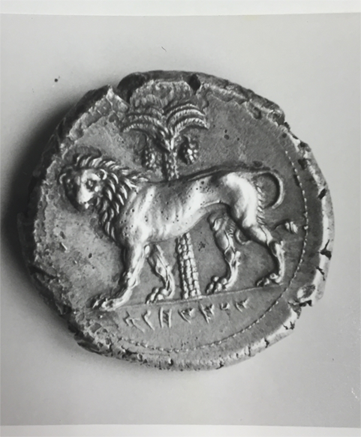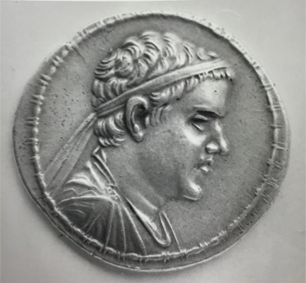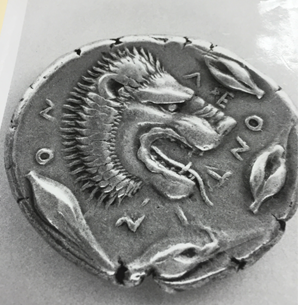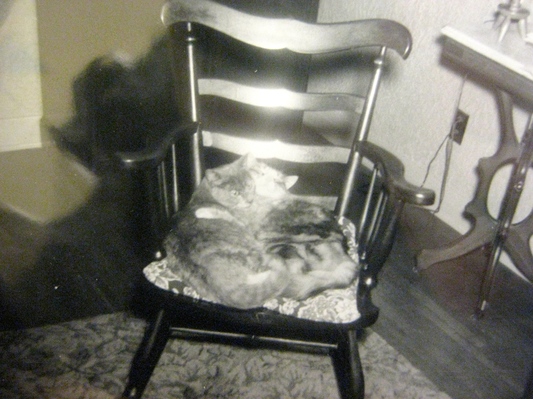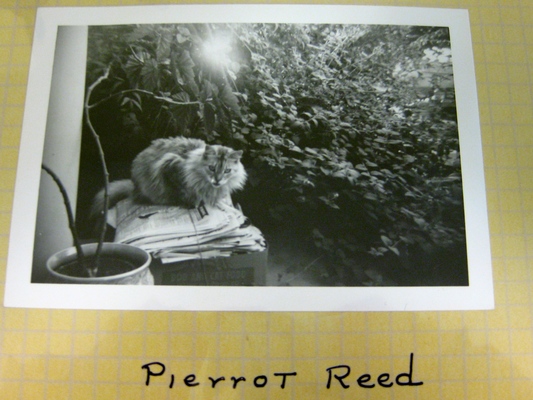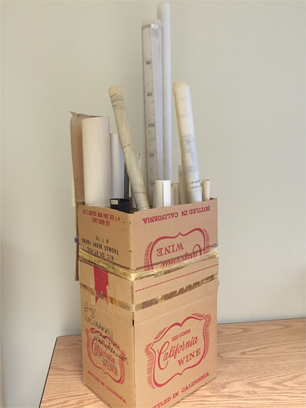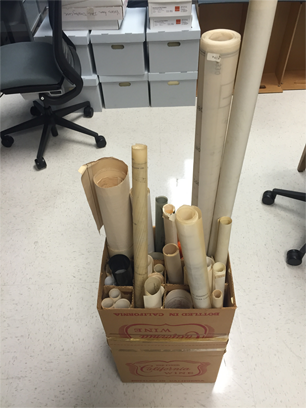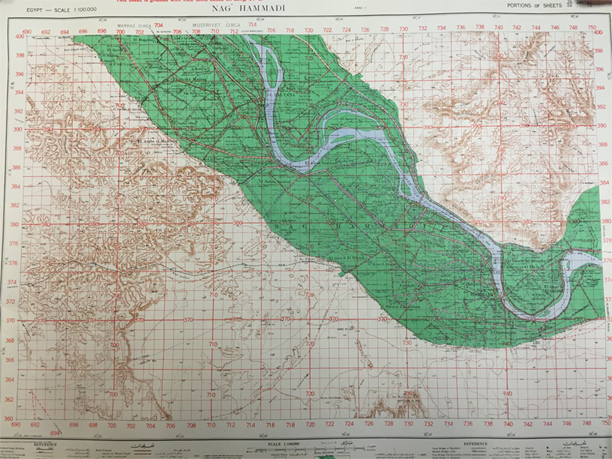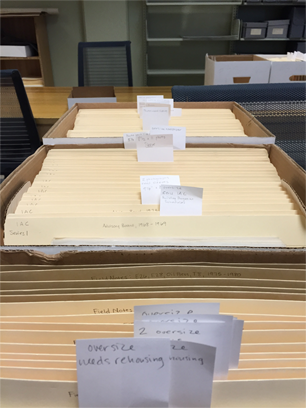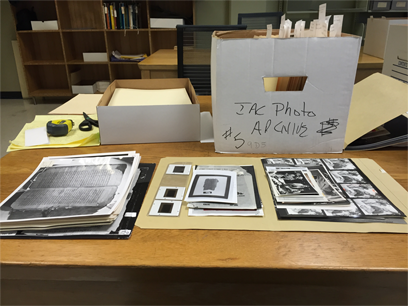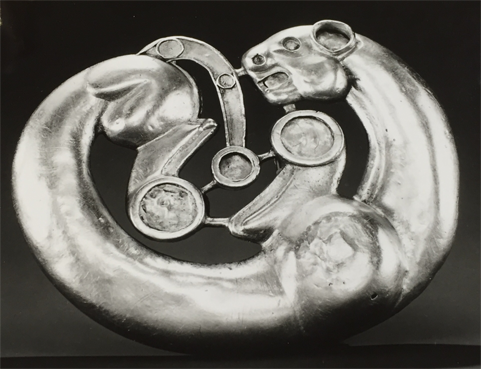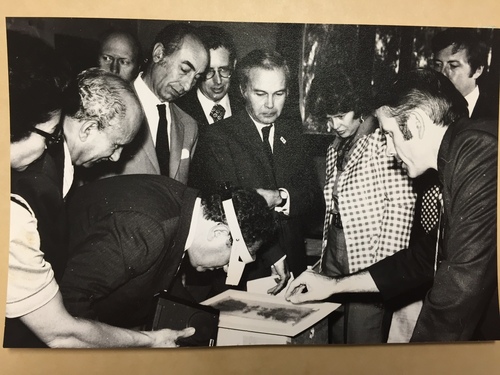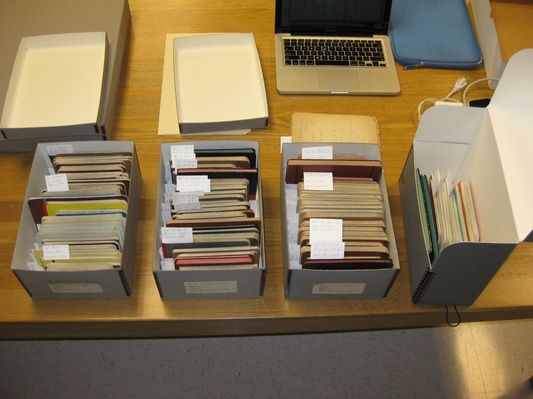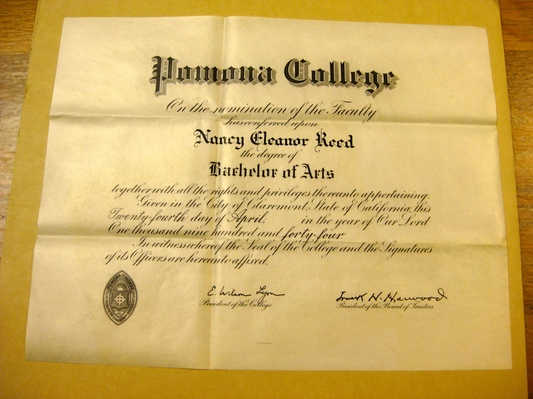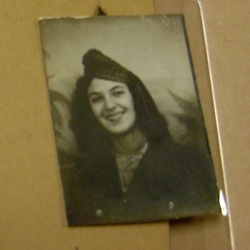The boxes for the cassettes and the index cards came in this week, so we got to work moving them in. These are mostly recordings of the regular public lectures hosted by the IAC over the years. A few of the tapes are from the Nag Hammadi expedition and seem to be of interviews with the people who discovered the codices.
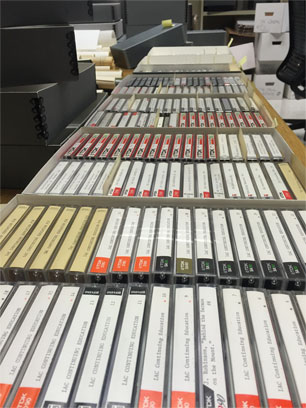
Miraculously only one of these had an empty spider egg sac in it. It was a considerate spider though, it chose one of the blank tapes.
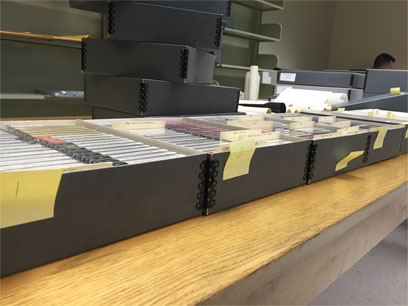
Still working through these too:
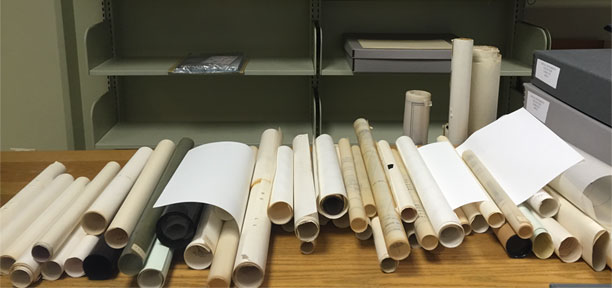
They’re fun to look at; it’s interesting to see all the different information that the archaeologists needed to conduct the their digs successfully. What the ground consisted of seems to be particularly important, which makes sense. They charted the types of stone and ancient building work and where they were in the site:
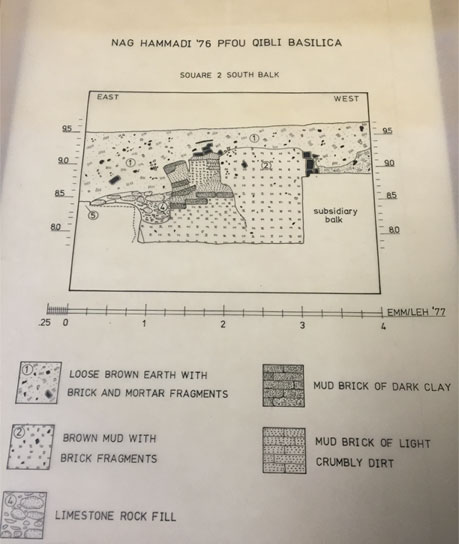
Wouldn’t want to lose anything! That’s why you went there in the first place. Next step is getting all the information put into Archivist’s toolkit – series one and a chunk of series two are in there now but the cassettes are going to have to be described on the item level. Until next week!
– Sara

